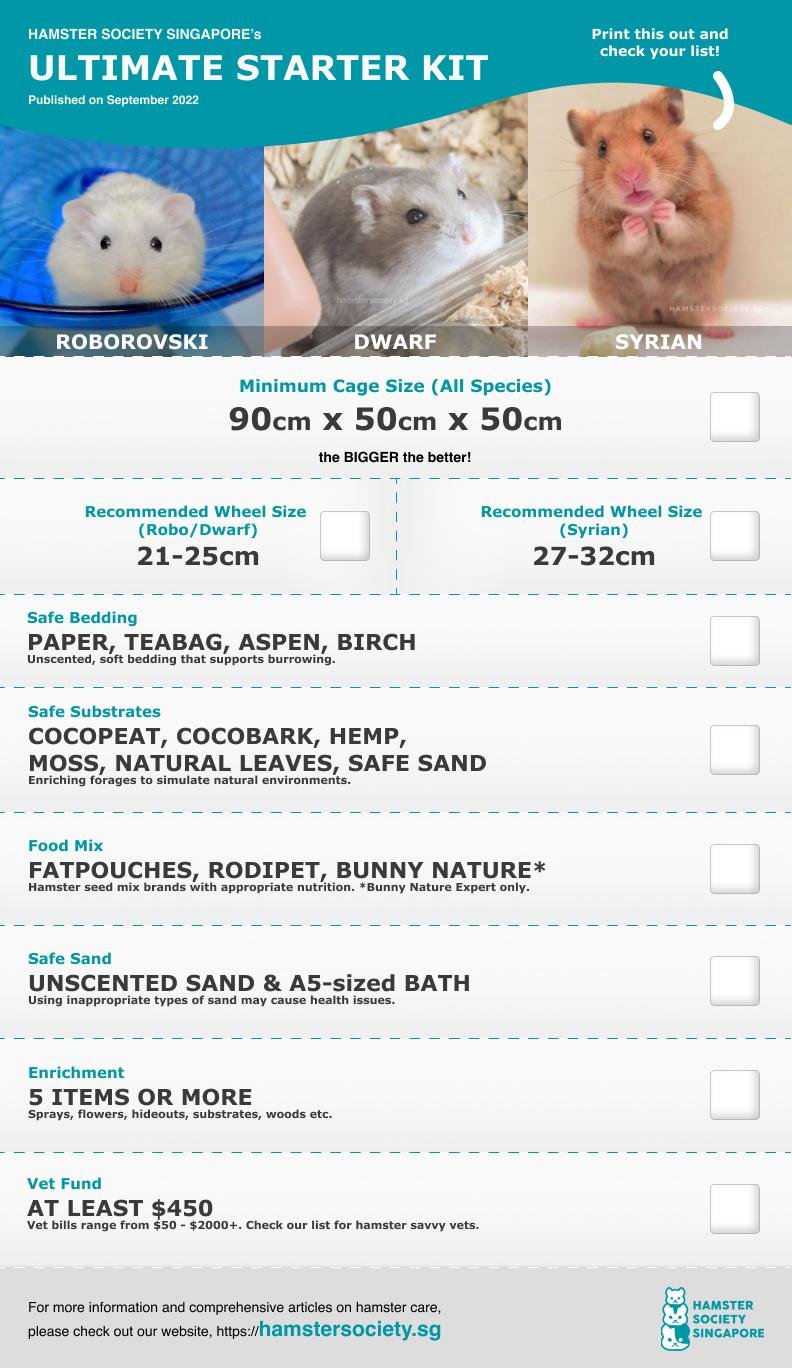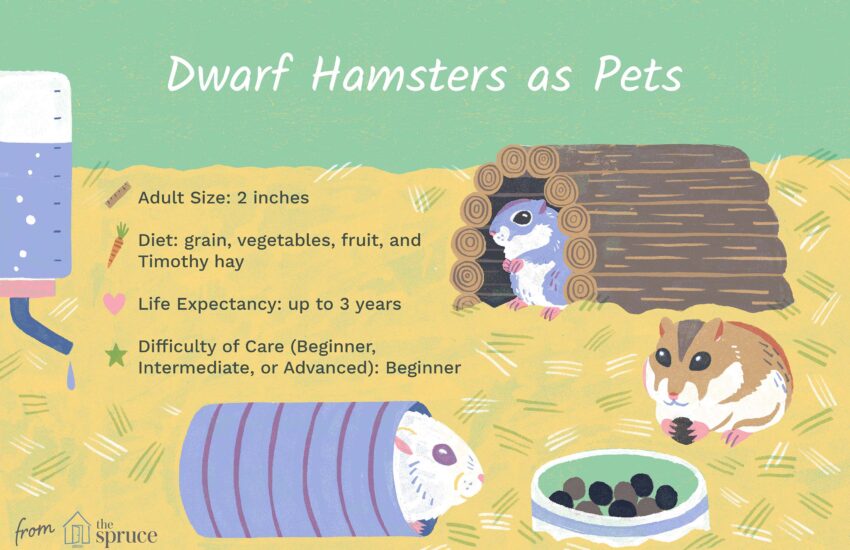Best Hamster for Care and Maintenance
When considering adding a hamster to your home, understanding the different types of hamsters and their care requirements is essential. Each breed has unique characteristics that affect their suitability for various owners. In this guide, we will explore the best hamsters for care and maintenance, highlighting specific breeds, their needs, and how to create an ideal environment for them.
Choosing the Right Hamster Breed
It’s vital to select the right hamster breed based on your living situation and the level of care you’re willing to provide. Some hamsters require more attention than others, and understanding your choices can make a significant difference.
Syrian Hamster
The Syrian hamster, also known as the golden hamster, is one of the most popular pet choices. This breed is known for its friendly nature, making it an excellent option for first-time owners. **Syrian hamsters** can live up to 3 years and require a minimum cage size of 24×12 inches, with plenty of opportunities for exercise and enrichment. These hamsters are typically solitary and should be housed alone to prevent territorial disputes.

Dwarf Hamsters
Dwarf hamsters, including Roborovski and Campbell’s dwarf hamsters, are smaller in size and more social than their Syrian counterparts. They thrive in pairs or small groups, provided they are introduced at a young age. **Dwarf hamsters** make great pets for those who enjoy observing social behavior and playful interactions. However, their cage should still be appropriately sized; a 24×10 inches cage is recommended. Regular interaction is essential to maintain their friendly demeanor.
Ratios of Care Needs
Each hamster breed has varying care requirements regarding social interaction, habitat setup, and handling. Generally, Syrian hamsters are more independent, requiring less hands-on care compared to dwarf hamsters who thrive on social interaction. When selecting a hamster, consider not only the breed’s temperament but also how much time you can devote to care and maintenance.
Setting Up the Perfect Habitat
Providing a safe and stimulating environment is crucial for your hamster’s well-being. The right habitat can reduce stress, encourage natural behaviors, and enhance your pet’s quality of life. Here are some key elements to consider.
Cage Size and Setup
A suitable cage is vital for your hamster’s happiness. Make sure you choose a spacious cage with proper ventilation. For **Syrian hamsters**, a larger habitat is necessary, while dwarf hamsters can thrive in slightly smaller enclosures. Equip the cage with appropriate bedding materials like aspen shavings or paper-based bedding, which is safe and absorbent, aiding in odor regulation.
Enrichment and Accessories
Enrichment not only keeps your hamster entertained but also allows them to mimic natural behaviors. Incorporate tunnels, chew toys, and exercise wheels into your hamster’s environment. A quality exercise wheel should be the appropriate size (8-12 inches for Syrians and 6-8 inches for dwarves) to prevent back injuries. Regularly swap in new toys to maintain interest and prevent boredom.
Feeding Holistically
A balanced diet is essential for your hamster’s health. A mix of commercial hamster pellets, seeds, and fresh vegetables should be provided. Ensure you avoid high-fat foods and limit treats to small portions. High-quality pellets specifically designed for your hamster’s breed will help to keep them well-nourished. Remember to provide fresh water daily!
Health Monitoring and Grooming
Keeping an eye on your hamster’s health includes regular monitoring for signs of illness and providing proper grooming. As a small pet, hamsters can be prone to various health issues if not taken care of adequately.
Signs of a Healthy Hamster
A healthy hamster should be active, alert, and have a clean, shiny coat. Pay attention to any sudden changes in behavior, such as lethargy or loss of appetite, as these may indicate underlying health problems. Regular handling helps you become familiar with your pet’s habits and allows you to detect any abnormalities early on.
Grooming Tips
Most hamsters do a good job of grooming themselves, but some — especially long-haired breeds — may require additional assistance. Regular brushing will prevent mats and encourage healthy fur. In most cases, you should aim for grooming sessions once a week. Also, consider providing your hamster with a sandy bath to aid in keeping their fur clean.
Visiting the Vet
Regular veterinary check-ups are critical in maintaining your hamster’s health. Look for a vet familiar with small animals, as not all veterinarians have experience with hamsters. Schedule routine check-ups and seek immediate attention if you notice unusual behaviors or symptoms.
Key Takeaways
- The Syrian hamster is ideal for those wanting a social yet independent pet.
- Dwarf hamsters thrive on social interaction; consider housing them in pairs.
- Large cages with plenty of enrichment tools are critical for hamster welfare.
- Maintain a balanced diet and monitor health regularly for signs of illness.
FAQ
1. How often should I clean my hamster’s cage?
It is recommended to clean your hamster’s cage at least once a week. Replace bedding, remove uneaten food, and wash the accessories. Adequate cleanliness can prevent odors and reduce the risk of illness.
2. Can hamsters be trained?
Yes, hamsters can learn simple tricks and respond to their names, especially with positive reinforcement. Training usually involves methods such as clicker training and offering treats to encourage desired behaviors.
3. What should I avoid feeding my hamster?
Hamsters should not be fed junk food, sugary fruits, or any foods high in fat. Stick to a balanced diet that includes pellets, fresh vegetables, and occasional treats like small pieces of nuts or seeds.
4. How long can hamsters live?
On average, hamsters live between 2 to 3 years, yet some can reach up to 4 years with proper care. Factors that influence longevity include genetics, diet, and living conditions.
5. What is the best bedding material for hamsters?
The best bedding options include aspen shavings or paper-based bedding. These materials are absorbent and safe, making them excellent choices for keeping your hamster comfy and healthy.
